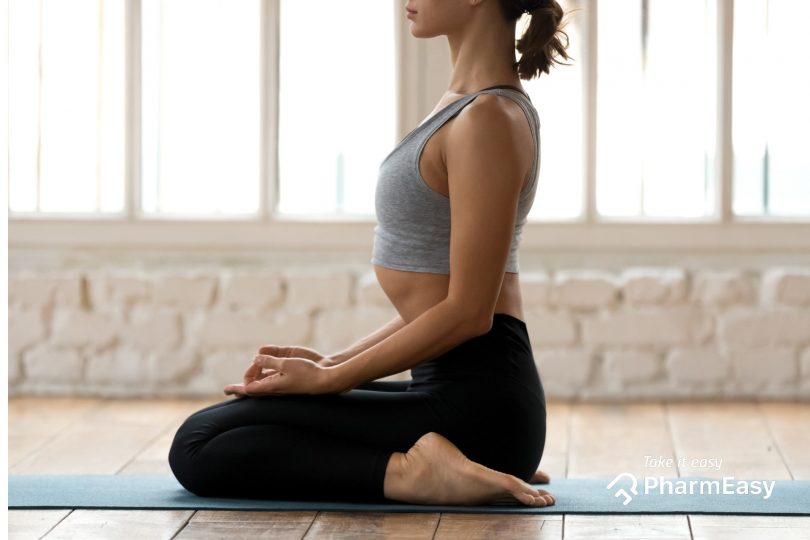All You Need To Know About Vajrasana Benefits
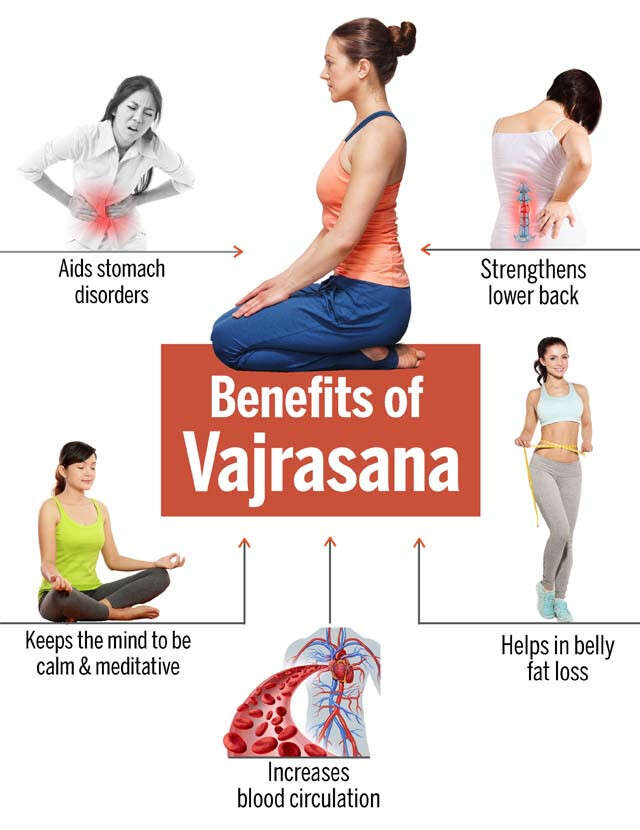
Yoga is one of the cornerstones of health and wellness, and for good reason. Simple postures or asanas can assist with not just weight loss, but also a gamut of other internal benefits. One of these is the vajrasana, also known as the thunderbolt pose. This is one of the easiest asanas to practice; even beginners can do the vajrasana, in the comfort of their home, and reap the rewards of good health. Let’s take a look at everything you need to know about Vajrasana benefits.
1. The meaning and origins of Vajrasana
2. How to get into and out of Vajrasana
3. Vajrasana can aid stomach disorders
4. Vajrasana keeps the mind calm and meditative
5. Regular practice of Vajrasana strengthens the lower back
6. Vajrasana increases blood circulation
7. Lose fat in your belly area with regular practice of Vajrasana
8. FAQS on Vajrasana
The meaning and origins of Vajrasana
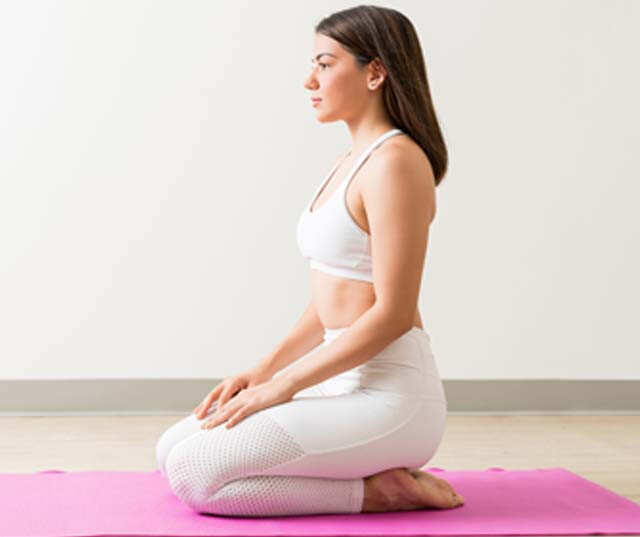
The term vajrasana comes from two Sanskrit words – vajra and asana. Vajra literally translates into a thunderbolt, referring to the mythical weapon that Indra, Lord of the Heavens, uses in Hindu mythology. This is also symbolic of strength and indestructibility. The second word asana means posture and is a common suffix in most yogic terms when referring to yogic postures.
Pro tip: Vajrasana is a derivative of the vajra (thunderbolt) and asana (posture), which highlights strength.
How to get into and out of Vajrasana
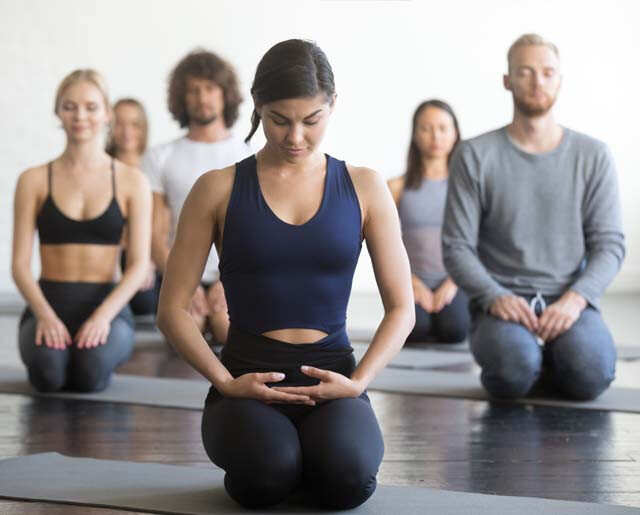
Just as with every other asana, getting in and out of vajrasana is important, and it is also important to maintain the posture properly while you’re in it. If you’re not comfortable doing it on the floor, use a yoga mat or any regular mat will also do. Kneel down, and then make sure your knees and ankles are both together. Your feet should also be touching one another, with both the big toes together. Then gently, sit down on your legs, with your glutes resting on your heels. If you’re not comfortable, adjust yourself a little, without losing the essence of the position. Keep your hands on your thighs – palms downwards – and take a few deep breaths, inhaling deeply for four counts, and exhaling slowly to eight. Your head stays straight, and you’re gazing at a point at eye level.
If you’re a beginner, stay in vajrasana for not more than 2-3 minutes, and work your way towards longer time slabs with every progressive session. To come out of vajrasana, slowly raise your glutes and thighs of your lower legs, until you’re back into a kneeling position.
Pro tip: It is important to methodically get into and out of vajrasana, while improving the posture properly.
Vajrasana can aid stomach disorders

Usually, it is recommended that yoga be practiced first thing in the morning or at least four hours after your last meal. This is to prevent bloating and tummy aches because yogic asanas work on the body’s internal organs. However, there is an exception in the case of vajrasana, which is the only asana that can be practiced post a meal. Vajrasana has excellent benefits for digestion and keeps the stomach health in check. When you sit in vajrasana, it is the optimal position for blood circulation to flow to the digestive organs, and this gets them functioning effectively. It also lends itself to better food absorption and nutrient absorption, so you’re getting the best of whatever you eat. Prevents It The Formation Of Gas And Acidity, indigestion, and cures constipation.
Pro tip: Practice vajrasana every day, to ensure a wealth of digestive benefits.
Vajrasana keeps the mind calm and meditative
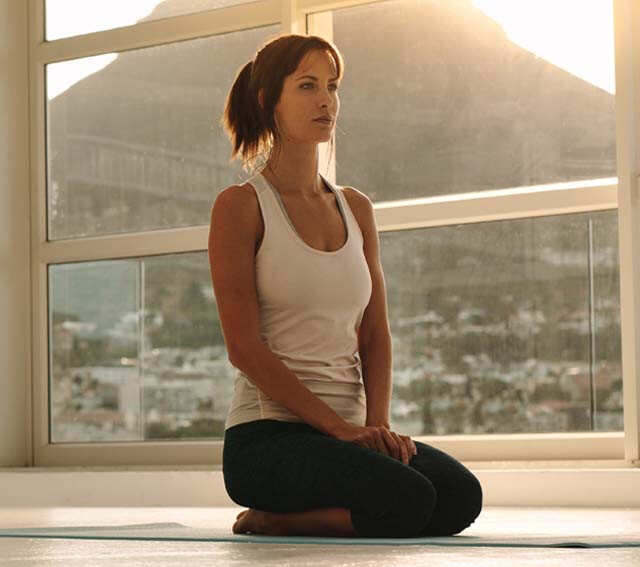
In 2011, the International Journal of Biological & Medical Research published an article, where the benefits of vajrasana were listed out, and these included the prevention and treatment of psychological disorders, stress and hypertension. Sitting in vajrasana for extended periods of time can have emotional and spiritual benefits as well, and can help keep the mind stable. It helps the body and the mind get into a meditative state, and if accompanied with the right kind of deep, conscious yogic breathing, can keep anxiety, depression and other emotional issues at bay.
Pro tip: Practicing vajrasana on a regular basis has both mental and emotional benefits.
Regular practice of Vajrasana strengthens the lower back
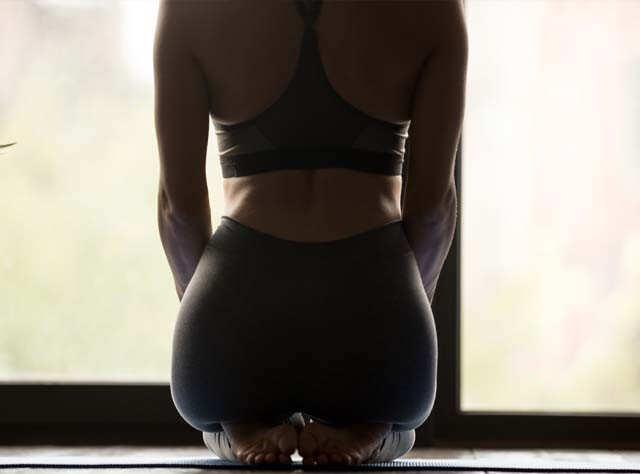
Sitting correctly in vajrasana requires your lower back to be upright, which means you’re using your own body and its needs to strengthen the back muscles. Over time, when you sit in vajrasana, you make sure that you use the back muscles the way they’re supposed to be used, without applying undue pressure on them with any other intensive exercises.
Pro tip: Your back muscles are sure to benefit from practicing vajrasana.
Vajrasana increases blood circulation
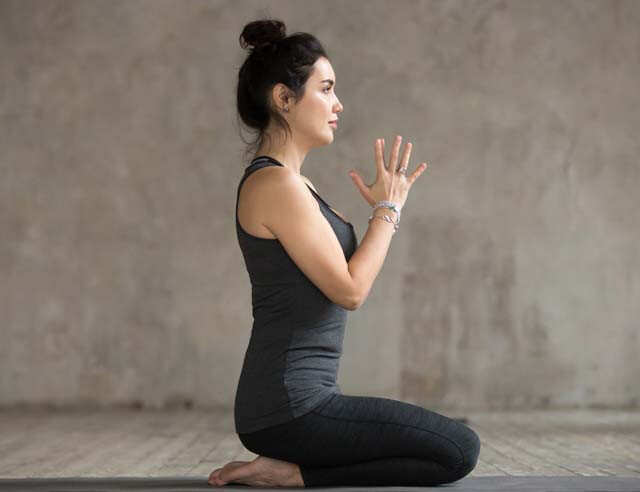
Through the day, as we move around or sit on chairs in a sedentary manner, there is a tendency for blood circulation to not reach the digestive organs as much as it should. Sitting in vajrasana allows for that. Your intestines, liver, kidneys, pancreas and the stomach region all benefit extensively from this asana, with red blood cells reaching these areas to provide much-needed nutrition.
Pro tip: Sit in vajrasana to get your blood circulation going.
Lose fat in your belly area with regular practice of Vajrasana

One of the major issues that you could face as you grow older or as your lifestyle remains sedentary, is the slowing down of the body’s metabolic rate. This impacts weight loss, and also the way the body absorbs food. Not only does vajrasana up the body’s metabolism, but it also helps lose weight in the belly area, because the posture requires a strong core to remain upright, and this in turn firms up the muscles in that region.
Pro tip: For a trimmer stomach, try sitting in vajrasana every day.
FAQS on Vajrasana
Q. Should I do Vajrasana if I have knee problems?
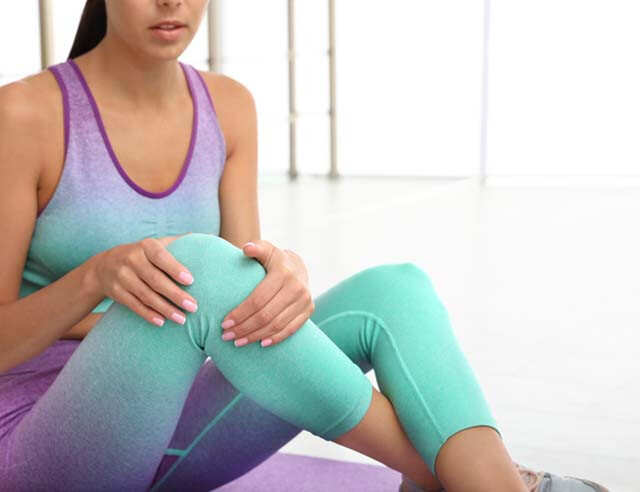
A. Ideally not. If you’ve got a knee problem, vajrasana can be practiced in a limited manner, or avoided altogether, depending on the severity of the condition. Sitting in this posture for extended periods of time can put excessive pressure on the knee area, which is not good for already-damaged knees. However, it is best to consult your orthopaedic doctor, and a yoga instructor on the same, before making the decision of whether it is safe to sit in vajrasana, and if so, for how long.
Q. Do other cultures have similar postures?

A. Yes, the Japanese have a sitting culture called ‘seiza’, which is the same thing as the vajrasana. For formal occasions and gatherings, it is not uncommon to find people sitting in this posture, which is considered polite and respectful, in addition to its wellness benefits. Also, in Muslim culture, within India and across the world, the vajrasana is employed as a posture for prayer, because it is peaceful and meditative while healing the body simultaneously. The posture is called ‘Julus’ and is slightly different, in that it involves the head to be bent, and the spine to be slightly curved inwards.
Q. Is there a more intense version of the vajrasana?

A. Yes, there is a more intense version of the basic vajrasana called supta vajrasana or the reclined thunderbolt posture. According to this, you’ll need to first sit in vajrasana, and then slowly, without jerking, recline backwards, and place one forearm and elbow on the ground, and then the other. Let the back remain arched, and your head touch the floor. If you can’t get your head to touch the floor entirely, gently place only the crown of your head on the floor. Remember to practice this variant first only under the guidance of a certified yoga instructor, before you’re given the go-ahead to do it on your own. Other than an enhancement of the benefits that come with the vajrasana, this also aids respiration, increases blood circulation to the brain, and activates the adrenal glands.
